A Deep Look at Digital Art and Social Media
August 21, 2017
In an interview with digital artist Chris Labrooy, we discuss how technology has influenced art, and if social media is changing the way the industry works.
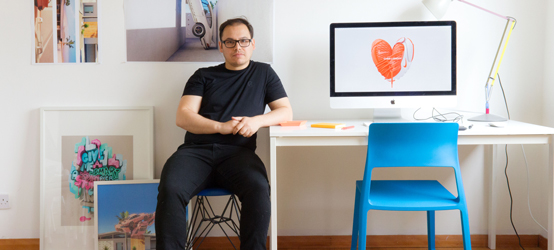
Chris Labrooy is a digital artist who has created work for brands such as Apple, Nike, Porsche, Time Magazine and Louis Vuitton. We spoke to him about his career, and how the digital landscape has transformed the way we interact with art.
We live in a digital world. The rise of technology in the 21st century has completely transformed the way in which we think, create and consume. And the art world – far from being sheltered inside the walls of galleries and institutions – has been undergoing a metamorphosis of its own.
Digital technology has not only expanded the potential for creating new forms of art – it has changed how the industry operates. From CGI software, to Instagram and virtual auctions, it has affected how art is created, promoted, bought and sold.
Digital creation
’’I was in my early twenties when I started dabbling with digital art,” Chris explains, ‘although I didn’t get serious until my mid-twenties after leaving the RCA where I studied product design.’
The practice of digital art is the creation of pieces which are computer generated, scanned, or drawn using a tablet or mouse[i]. This includes digitally manipulated videos, photographs, and in recent years, it has often been interactive – allowing the audience to influence the images which are made.
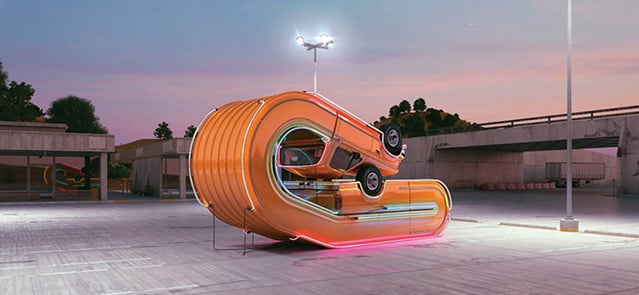
This increasing proximity between the art and the audience is an important part of what makes digital art stand out.
‘In college, I was interested in making high-end design, art, furniture and products. But I started to realise that the image was just as important as the actual object – most people only get to experience these ultra-rare objects through an image online or in a book or magazine. These thoughts pushed me to pursue image-making using digital technology.’
Old meets new
His finished product takes the form of Computer Generated Imagery (CGI), but although the result may feel distinct from traditional artistic mediums, the process remains largely the same.
‘The physical world informs what I do in the digital space,” says Chris. “My work is a digital simulation of reality. In order to make it convincing one must have a good sense of the materiality of things.
Usually […] I have an idea then grind away for many hours until it takes shape as something presentable. During the development process, I am constantly drawing and sketching in conjunction with building the ideas on the computer.’
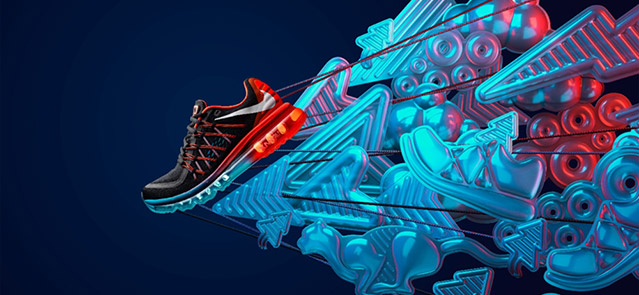
‘What [first] appealed to me about the digital side was the absence of friction in the process.” He continues, “I didn’t have to rely on anyone to get stuff done which can get tiresome when making physical things […] I think with digital art you can maybe explore and test more ideas without having to worry about budgets, prototypes, storage of prototypes etc.’
And while traditional artists face the high cost of materials – such as paint, canvas, clay or film – digital artists have different expenses. ‘One key challenge is the learning curve with all the different tools available today – my main outlays are for annual software subscriptions and new computer purchases every couple of years.
But the biggest cost is one’s own time – in that respect there is no difference between physical vs digital. Advances in software and computing power has meant that you can achieve far more with less money than you could 10 years ago, making it much easier for people to participate in the production of digital artwork, design and film making.’
A social medium
In the same way that technological advances have opened-up the possibilities for people to create digital art – social media and other online platforms have made enjoying, sharing and buying art, more accessible.
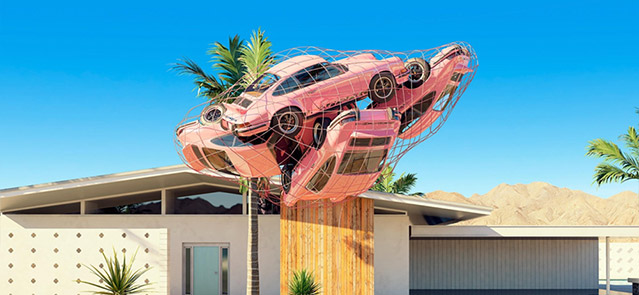
The 2017 Hiscox Art Trade Report discovered that 91% of the galleries surveyed actively use social media as a promotional tool for their business, and the artists and art they exhibit. With Instagram considered by 57% of this community as the most effective social media channel for raising awareness, it’s clear that the consumption of art is broadening outside of traditional mediums.
‘It’s difficult to see how one can exist without a digital presence,’ Chris tells us. ‘That’s how important it is to my career. I don’t think I have such a thing as an offline fan base. Some of my most interesting projects have happened through Instagram […] It’s very different to the traditional structure whereby a creative agency reaches out to an artist to produce work for a client.’
With brands contacting artists directly via social media, and online mediums like Instagram and Behance providing platforms for artists to share their work, it’s no surprise that increasing numbers of galleries and auction houses are moving more of their business online.
Despite a slowing global art market, the sales of art online continued to grow in 2016, surpassing the previous year by 15%. Yet the figures show that buyers are still hesitant to invest in higher value pieces on digital platforms.
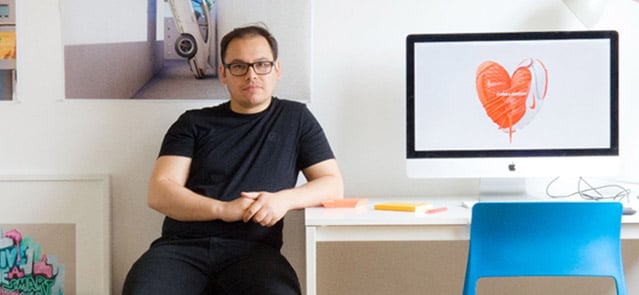
With the increased visibility and accessibility of their work, could artists be at risk of turning their product into a commodity?
‘There is a danger that social media – and particularly Instagram – can imprison your thinking. You can start to make work based on what people might like and I do not necessarily want to do that – even though you want people to like your stuff. It’s important for me to be consistent with my work and not hop around with loads of random ideas.’
Unique pieces
The internet has opened up many new avenues for the promotion and distribution of art. And with this new freedom comes the risk of unlicensed use and reproduction. We asked Chris if this was more of a worry to him as a digital artist, than it would be if he produced physical pieces.
‘The only thing to be aware of in digital artwork is controlled access to high resolution master data. The work I share on websites and with magazines is compressed and at lower resolutions than the master artwork. They still look good in a magazine but if you were to try and create a large art print it would look pretty bad compared with the Giclee art prints I can provide.”’
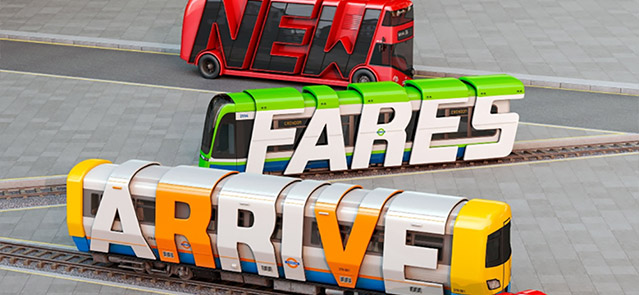
The Future
It’s tempting to imagine that, tied to technology as it is, the world of digital art operates as an android twin to the physical community. Yet this is not the case. Just as digital art has affected the way audiences can experience art, it creates challenges and opportunities for how the art trade industry will develop.
‘Digital art still feels quite new and in its infancy, so with time it may require curators to participate. The digital art world seems fragmented and disjointed, in a way making it the opposite of the physical bricks and mortar art world.’
The future, then, could take digital art in a totally new direction.
‘I am not sure what the future holds. I could see more live stream of artwork in the future through social media. The CGI technology I use on a daily basis is moving towards real-time simulation and feedback which I am sure will change how things are done in the future. At present, there can be a lot of waiting around as the computer processes and runs simulations, but that wait time will eventually erode as technology improves.’
Whatever the future holds for digital art – whether that means visiting exhibitions in galleries or museums, or scrolling through Instagram – we’ll be watching how it develops with interest.
Take a look at more of Chris’s iconic work via his Instagram, Behance profile, or his website.
[1] http://www.tate.org.uk/art/art-terms/d/digital-art

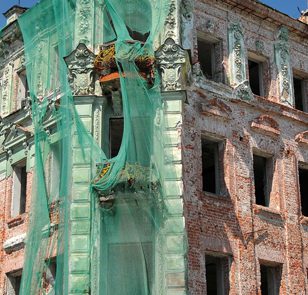


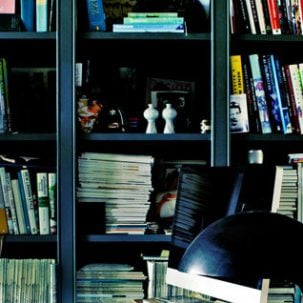
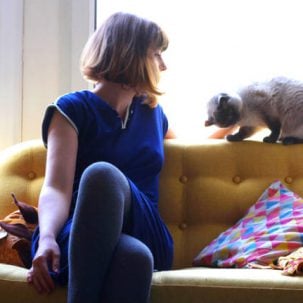
 Very satisfied with the service from Hiscox as always
Very satisfied with the service from Hiscox as always

